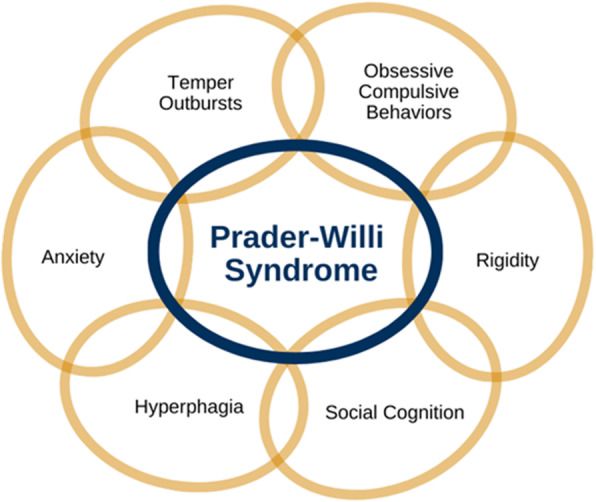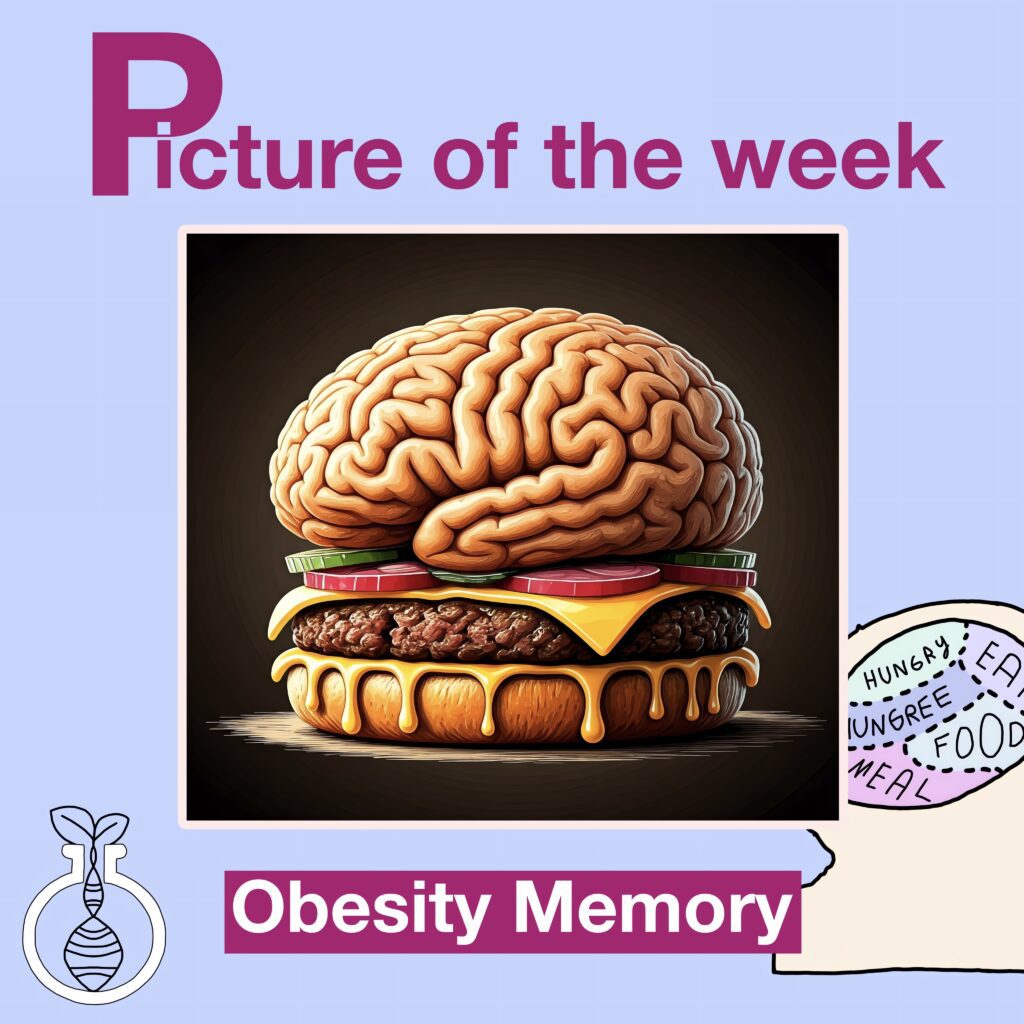Imagine your body’s natural ability to signal hunger and fullness as a finely tuned thermostat. For most of us, it clicks on and off seamlessly, letting us know when it’s time to eat and when we’ve had enough. But for those with Prader-Willi Syndrome (PWS), that thermostat is broken, leaving them in a perpetual state of hunger—a hunger so intense it can feel like a life-long, insatiable craving.
Prader-Willi Syndrome, named after Swiss doctors Andrea Prader and Heinrich Willi who first described it in the 1950s, is a rare genetic disorder that affects multiple systems in the body. It impacts about 1 in 10,000 to 30,000 people, yet it remains somewhat of a mystery. The syndrome arises not from something parents did or didn’t do, but from a spontaneous genetic change, often related to missing or silenced genes on chromosome 15. And it’s this tiny genetic variation that disrupts crucial functions, from growth and metabolism to hunger regulation and cognitive development.
The Genetic Twist: When Chromosome 15 Loses Its Voice
To understand Prader-Willi Syndrome, it’s helpful to picture chromosome 15 as a music sheet. In a typical person, both maternal and paternal copies of this chromosome contribute a unique melody. But in PWS, it’s as if the paternal side of the sheet music is missing or silent, creating a silence where there should be sound. Without these specific gene instructions, the body’s systems struggle to perform as they should.


What Does Prader-Willi Syndrome Look Like?
PWS is often characterized by two distinct stages, each with its own set of challenges.
1. The First Chapter: Infancy and Hypotonia (Low Muscle Tone)
Most children with PWS start life with significant muscle weakness, or hypotonia. This can make even the smallest milestones, like sucking, swallowing, or holding up their heads, very challenging. These children may seem sleepy or “floppy,” struggling with basic functions that their peers may easily accomplish. Hypotonia is usually the first sign that something is amiss and often leads parents to seek answers.
2. The Hunger Puzzle Begins: Childhood and Beyond
Around the ages of 2 to 4, a remarkable yet distressing transformation takes place. Children with PWS start to develop an overwhelming sense of hunger—a hunger that never truly goes away. This constant drive to eat is not fueled by a genuine need for calories but by a miscommunication within the brain’s hypothalamus, which fails to recognize when the body is full. Because of this, individuals with PWS are at a high risk of obesity and other related health complications.
Imagine feeling as if you hadn’t eaten in days, yet knowing that you have just eaten a full meal. For people with PWS, this feeling of “endless hunger” becomes a lifelong companion, and it can drive intense food-seeking behaviors that require constant supervision and a meticulously managed diet. Without strict limits on food intake, the risks of obesity, type 2 diabetes, and cardiovascular disease rise sharply.


Beyond Hunger: Developmental and Behavioral Challenges
The unique genetics of PWS don’t stop at hunger. They also impact cognitive and social development. Many people with PWS have mild to moderate intellectual disabilities, and learning can be a gradual process. Emotional and behavioral issues are also common, including anxiety, obsessive-compulsive tendencies, and emotional outbursts. These behaviors may be exacerbated by the frustrations and anxieties associated with their relentless hunger and the challenges it brings to daily life.
But here’s where the human spirit shines through. Many individuals with PWS are known for their warmth, humor, and a genuine love for connection. Despite the obstacles, they often find joy in routines, friendships, and activities that allow them to express their personalities and skills.


Living with Prader-Willi Syndrome: A Community Effort
Managing PWS requires a village—parents, caregivers, doctors, therapists, and teachers all play vital roles in creating a safe, structured environment. Families often rely on food locks, restricted access to kitchens, and careful meal planning. With advancements in treatment, including hormone therapies to improve growth and strength, as well as behavioral therapies, there is hope. Many individuals with PWS are able to achieve a degree of independence, enjoying fulfilling lives with the right support.
Hope and Research on the Horizon
Today, research into Prader-Willi Syndrome is advancing at a promising pace. Scientists are exploring ways to better understand and potentially correct the genetic and neurological underpinnings of the disorder. Potential therapies aim to modify the activity of genes or target the hypothalamus to improve hunger regulation. Though a complete cure remains out of reach, each new discovery brings us closer to alleviating some of the most challenging aspects of PWS.


Conclusion: A Story of Resilience
Prader-Willi Syndrome is a reminder of the intricate dance of our genes and the powerful impact they have on our lives. For those with PWS and their families, the journey is filled with unique challenges, yet also with resilience, love, and the pursuit of a full, meaningful life. The story of PWS isn’t just about genetic mutation—it’s about human strength, connection, and the unwavering spirit to overcome.
By understanding PWS, we not only gain insight into a rare condition but also into the incredible adaptability of the human spirit. And as we move forward with research and awareness, we inch closer to creating a world where everyone with PWS can thrive in the music of their own lives, however unique that melody may be.




My name is Ceyda Çelik, I am a passionate molecular biology and genetics student at Başkent University and also content writer for Biologyto. With a deep interest in the natural world and scientific exploration, I aim to share engaging, informative content that makes biology accessible and exciting for everyone. I’m dedicated to helping readers discover the wonders of life through science.





